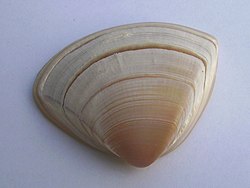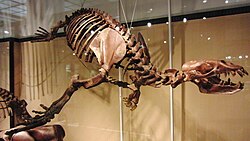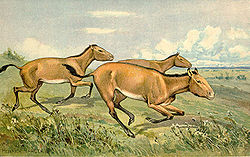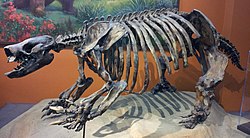Diatoms


- Actinella
- Amphipleura
- Aulacoseira
- † Aulacoseira distans - type locality for species [2]
- Aulacoseira granulata [2]
- Caloneis
- Cavinula
- Coscinodiscus
- Cymbella
- Desmogonium
- Diatoma
- Eunotia
- Fragilaria
- Frustulia
- Gomphogramma
- Gomphonema
- Himantidium
- Melosira
- Navicula
- Navicula americana [2]
- Navicula angusta [2]
- Navicula bacillum [2]
- Navicula commutata [2]
- † Navicula contendens - type locality for species [2]
- Navicula elegans [2]
- Navicula instabilis [2]
- † Navicula pauper - type locality for species [2]
- Navicula placentula [2]
- † Navicula pontifica - type locality for species [2]
- † Navicula protrudens - type locality for species [2]
- † Navicula pseudoaffinis - type locality for species [2]
- Navicula pseudobacillum [2]
- Navicula pusilla [2]
- Navicula radiosa [2]
- † Navicula reversa - type locality for species [2]
- Navicula stauroptera [2]
- Navicula subacuta [2]
- † Navicula substauroneis - type locality for species [2]
- Navicula tabellaria [2]
- Navicula transversa [2]
- Navicula viridis [2]
- Neidium
- Pinnularia
- Stauroneis
- † Stauroneis acutissima - type locality for species [2]
- Stauroneis anceps [2]
- Stauroneis phoenicenteron [2]
- Surirella
- Tabellaria
- Tetracyclus






































































































